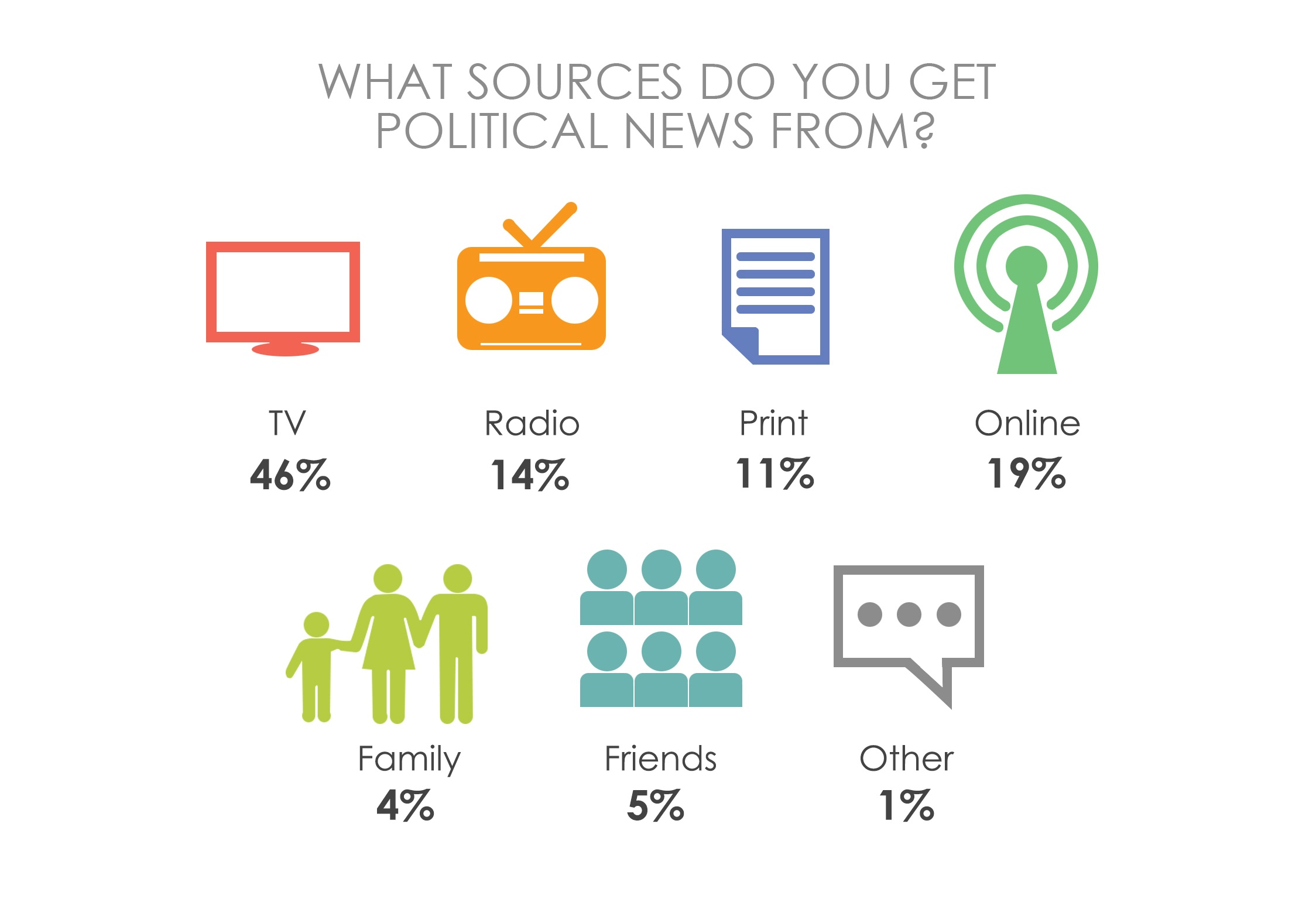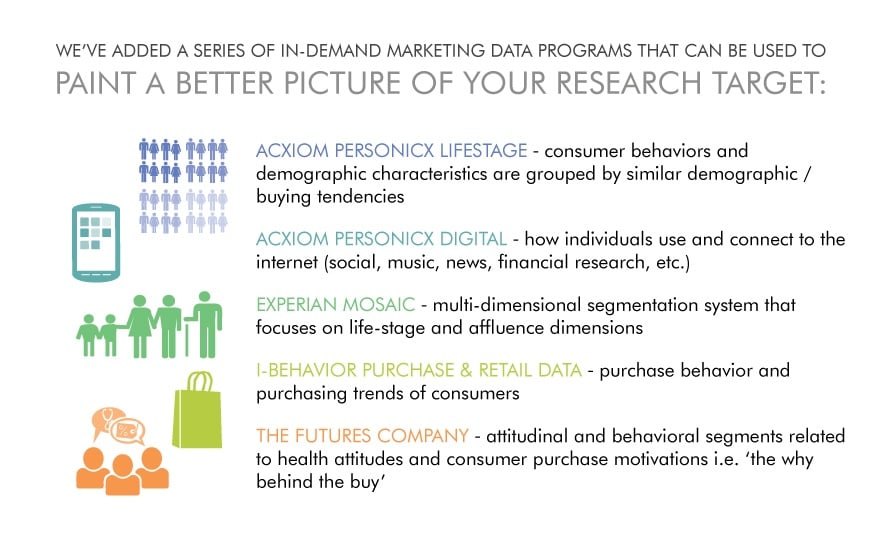Mobile phones provide an ideal method to collect and understand consumer behavior. Given their ability to capture real time responses, there are endless opportunities with mobile market research that we can utilize or further develop. As researchers, to capture authentic and honest input, we must implement best practices. Marketing researchers need to think mobile and consumer, first.
Topics: Marketing Research Data, mobile first, mobile marketing research
UNCERTAINTY IN THE AIR, WILL THE AUSTRALIAN FEDERAL ELECTION CONFUSE AS MUCH AS BREXIT?
With the Federal Election fast approaching, Lightspeed GMI took a look at the outlook and viewpoints of Australian’s ahead of voting this year…because everyone has an opinion on the topic and everyone wants a finger on the pulse of which way this might swing.
Starting with the fundamental in any political study, we asked panellists which party they intend to elect. Labor was the clear front runner with 45% stating this is where they would be putting their vote. This was followed, not surprisingly, by the Liberal Party/ Coalition at 30%. 13% suggested their vote would fall outside of any of the major parties.
The role of qualitative research has traditionally been to create and foster the discussion about your consumers’ needs and desires. Quantitative research has been viewed as a tool for testing the statistical relevance of these ideas.
Generally speaking, quantitative research tends to consists of nationally representative samples of respondents evaluating a concept in a survey of closed metrics; however, it doesn’t have to be this way. At its core, the online research platform is simply a means of mass communication -- that communication is not limited to a box ticking exercise.
Topics: Marketing Research, qualitative research, quant vs. qual
Sampling often seems to be an afterthought with clients as many simply state they want a ‘nationally representative sample.’ The question is what does the client mean by a nationally representative sample? One client might think it means representation on age and gender only, while another might expect it to include controls on additional variables like region, income, education, etc.
Topics: Data Driven Marketing, Online Sampling, Market Research
Why Audience Targeting is something Market Researchers need to Familiarize Themselves With
Historically and simplistically speaking, market research is often a tool used to help clients make informed decisions relative to media buying. The typical scenario used to look like this:
Our clients would buy media based on a series of inputs; survey data being just one. If a client wanted to advertise their new sports product, they’d likely purchase an ad spot in the sports section of a newspaper or on ESPN.com. If a second client wanted to promote the upcoming season of their TV show, they might advertise for it on a series of entertainment focused websites. In this model, media content was a proxy for media buying. The decision was likely influenced by several data points, i.e. survey data, viewership information or market trend data. The assumption was if a consumer was looking at ESPN.com or reading the sport section of a newspaper, they may be interested in the first client’s sports product. If a consumer is surfing one of those entertainment websites, they may be more interested in the upcoming season of the second client’s show.
Topics: Market Research, media buying, audience targeting
What Marketing Researchers Can Learn from Digital Marketing: Five Common Mistakes
I recently attended a webinar where Linda West, Director of Digital Marketing at Act-On Software, discussed five common digital marketing mistakes. After hearing what Linda had to say about the five common mistakes, it got me thinking about what we, as Marketing Researchers, can learn from digital marketing. While digital marketing strategies are laser focused on creating value for the consumer, we should have that same focus on our panelists. Panelists are a core part of what we do in the Marketing Research industry, and our panelists are people. These people’s voices and opinions are front and center in how we interact with them.
Topics: Data Driven Marketing, Market Research
Sampling Best Practice: Probability versus Nonprobability, Redux
A dozen years ago a debate raged in the marketing research community over the switch from probability sampling methods such as telephone RDD to nonprobability sampling methods as are typical with online access panels. In the interim years, most clients moved to online samples but there are still some that cling to probability methods. However, we now see the quality of probability samples being questioned because of low response rates for RDD. In an interesting twist, the very same techniques that nonprobability samples use to weight and model data now often need to be done on probability samples to account for nonresponse bias.
Topics: Online Sampling, marketing research best practices, nonprobabliity samples, probability samples
Research has consistently shown that all panels are not the same. Recruitment sources and management practices vary, and this can cause differences among panels. Beyond panels, there are other sources of online survey respondents, such as river, dynamic, and social media sources – and these can produce data that is different from each other, as well as different from panels. Given the wide variety of sample sources, and their benefits and drawbacks in cost and quality, researchers often struggle with the question, “How can I blend in other sources without impacting my data?”
Topics: Online Sampling, Marketing Research
Marketing Research Today: The Growing Importance of Target Marketing
Over recent years technology has changed what the marketing research industry is as well as what it does. Because of this, agile research has become increasingly popular for researchers and clients who need on-demand data and broader insights. With the onset of technology and data analytics companies, we have found opportunities to couple third party data with panel survey results. Clients began asking us to make it easier to combine survey responses with other types of data to better understand their targets. Given we have more than 200 profile attributes stored for sampling and or appending, clients were eager for us to add second and third party marketing data that provided broader perspective. This has also allowed clients to shorten surveys and make them more engaging. The results have provided our clients deeper insights and better data quality.
Topics: Social Media, Marketing Research, data enrichment, data append
Many clients include quality checks in surveys to make sure respondents are engaged and are answering honestly. However, many of these checks identify false positives, which often mean valid, engaged respondents are thrown out of the sample. How can we reduce false positives?
Topics: Research Quality, Marketing Research, Data Quality













